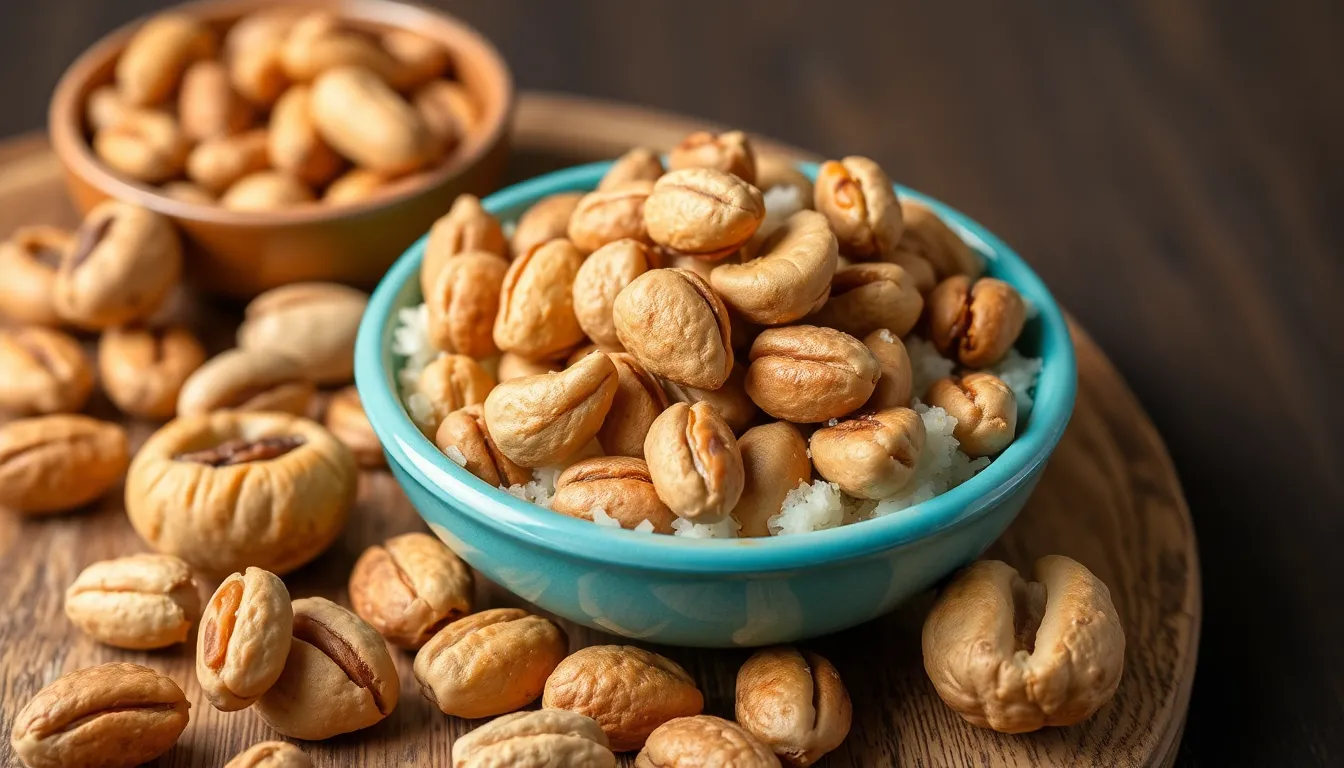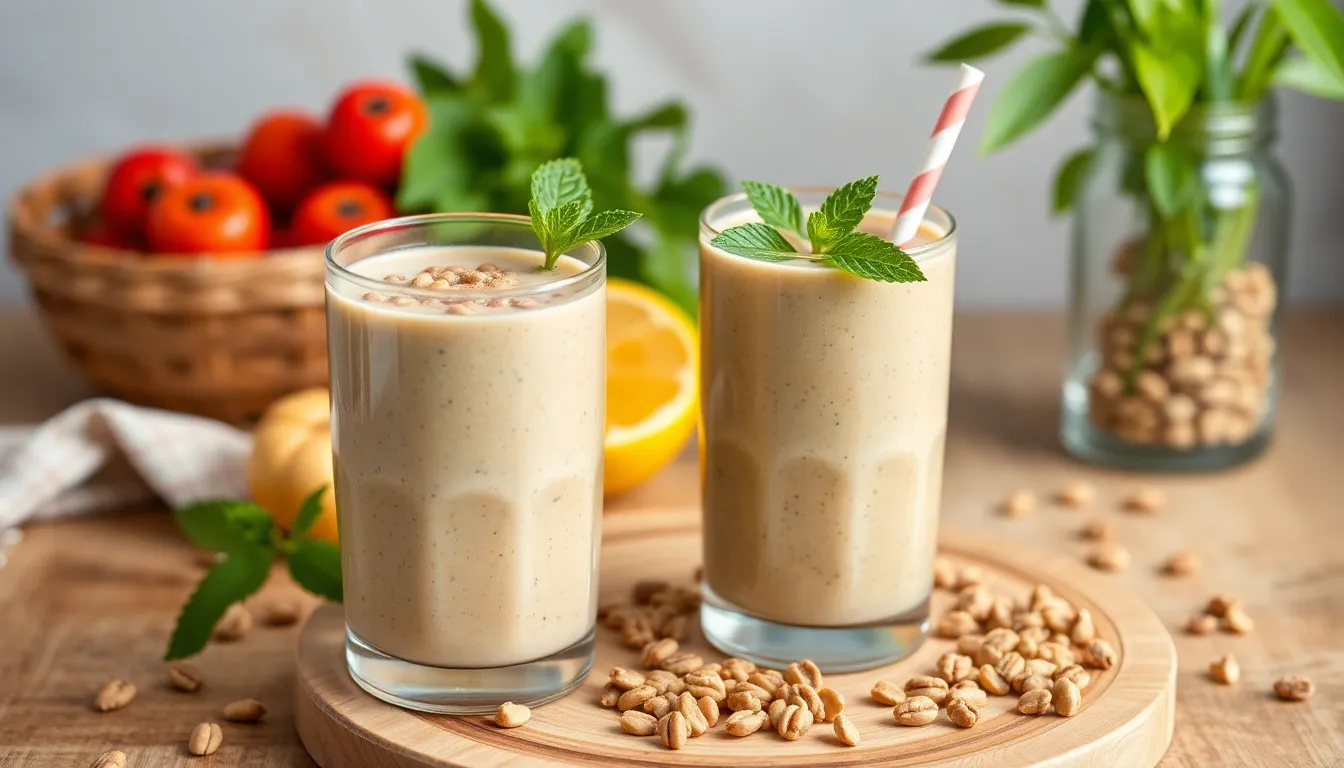How to Choose the Right Nuts for Your Diet
Nuts are often touted as a superfood, packed with essential nutrients, healthy fats, and a host of health benefits that can support various dietary needs. From weight management to heart health, the right nuts can play an important role in a balanced diet. However, with so many options available, selecting the right nuts based on your specific dietary requirements can be overwhelming. In this article, we will delve into the nutritional profiles of common nuts, explore how to assess your dietary needs, and guide you in choosing the best nuts for your individual health goals.
Section 1: Nutritional Profile of Common Nuts
Nuts are a rich source of macronutrients and micronutrients. Understanding their nutritional profiles can help you make informed choices. Below is an overview of the macronutrients—fats, proteins, and carbohydrates—along with the key vitamins and minerals found in various nuts.
| Type of Nut | Calories (per 1 oz) | Protein (g) | Fat (g) | Carbs (g) | Fiber (g) | Key Vitamins/Minerals |
|---|---|---|---|---|---|---|
| Almonds | 164 | 6 | 14 | 6 | 3.5 | Vitamin E, Magnesium |
| Walnuts | 185 | 4.3 | 18.5 | 3.9 | 1.9 | Omega-3 Fatty Acids, Copper |
| Cashews | 157 | 5.2 | 12.4 | 8.4 | 0.9 | Iron, Zinc |
| Pistachios | 159 | 5.8 | 12.9 | 7.7 | 3 | Vitamin B6, Potassium |
| Pecans | 196 | 2.6 | 20.4 | 3.9 | 2.7 | Thiamine, Magnesium |
The diversity in nutrients illustrates why nuts are considered a great addition to a healthy diet. They are calorie-dense yet provide a wealth of essential vitamins and minerals.
Section 2: Understanding Your Dietary Needs
When it comes to incorporating nuts into your diet, it’s essential to understand your dietary goals. Here are some common dietary goals and how they influence your nut choices:
- Weight Loss: Focus on nuts that are lower in calories but high in satiety to keep you feeling full.
- Muscle Gain: Select nuts that are rich in protein and healthy fats to support muscle recovery.
- Heart Health: Choose nuts that are high in omega-3 fatty acids and antioxidants.
- Low-Carb Diets: Opt for nuts that are lower in carbohydrates, suitable for ketogenic diets.
To assess your dietary needs, consider your lifestyle, physical activity level, and any health conditions that may affect your nutrition. Consulting with a nutritionist can provide personalized guidance.
Section 3: Choosing the Right Nuts
3.1 For Weight Management
When managing weight, it’s crucial to choose nuts that promote satiety without excessive calorie intake. Here are some of the best options:
- Almonds: High in fiber and protein, which help keep you full.
- Pistachios: Their shells can create a visual cue that may help with portion control.
- Walnuts: Provide omega-3 fatty acids that may help in reducing inflammation and promoting weight loss.
To control portions, consider using small containers or pre-packaged nuts. A typical serving size is about one ounce, or roughly a small handful.
3.2 For Heart Health
Nuts are well-known for their heart health benefits. Here are some that stand out:
- Walnuts: Rich in omega-3 fatty acids which can help lower cholesterol and reduce inflammation.
- Almonds: Contain vitamin E, an antioxidant that helps prevent oxidative stress in the body.
- Pecans: High in monounsaturated fats and antioxidants that support cardiovascular health.
Incorporating a variety of these nuts can provide a range of heart-healthy benefits. Consuming a small handful most days of the week is recommended.
3.3 For Muscle Building
For those focusing on muscle gain, protein-rich nuts are essential. Consider these options:
- Peanuts: Technically legumes, they are high in protein and can aid in muscle repair.
- Almonds: Provide a good source of protein and are also rich in vitamin E, which can aid recovery.
- Cashews: Contain a decent amount of protein and also supply essential minerals like iron and zinc.
A common serving size for muscle recovery is about 1.5 to 2 ounces post-workout, depending on your overall caloric needs.
3.4 For Specific Dietary Restrictions
For individuals with nut allergies, several alternatives can provide similar benefits:
- Seeds: Sunflower seeds, pumpkin seeds, and chia seeds are excellent nut alternatives that offer healthy fats and protein.
- Low-Carb Options: Brazil nuts and pecans are lower in carbs, making them suitable for ketogenic diets.
Always ensure that any seed or nut alternative is safe for your specific dietary restrictions.
Section 4: How to Incorporate Nuts into Your Diet
Incorporating nuts into your meals doesn’t have to be complicated. Here are some creative ways to add nuts to your diet:
- Snacks: Keep a mix of nuts on hand for a satisfying snack.
- Salads: Toss a handful of chopped almonds or walnuts into your salads for added crunch.
- Smoothies: Blend in nut butters or a handful of nuts for extra protein and creaminess.
Recipes Featuring Nuts
Here are a few simple recipes that highlight nuts for various dietary needs:
- Almond-Crusted Chicken: A delicious and crunchy option for protein-packed meals.
- Walnut Pesto: A nutty twist on traditional pesto, perfect for pasta or as a spread.
- Nutty Yogurt Parfait: Layer yogurt with granola and your choice of nuts for a healthy breakfast.
Section 5: Storage and Freshness
To enjoy the full benefits of nuts, proper storage is essential. Here are best practices for keeping nuts fresh:
- Cool and Dark Place: Store nuts in a cool, dark place, ideally in an airtight container to prevent oxidation.
- Refrigeration: For longer shelf life, consider refrigerating or freezing nuts, especially those high in oil content.
- Avoid Moisture: Keep nuts away from moisture to prevent spoilage and rancidity.
Signs of spoiled nuts include a rancid odor, off taste, or an unusual appearance. If in doubt, it’s best to discard them to avoid wastage.
Conclusion
Choosing the right nuts for your diet can have a significant impact on your overall health and well-being. Whether you’re striving for weight management, muscle gain, or heart health, there are nuts that can support your goals. Don’t hesitate to experiment with different varieties and incorporate them into your meals for added flavor and nutrition.
Call to Action
We’d love to hear from you! Share your favorite nut recipes or tips in the comments below. If you enjoyed this article and want to learn more about nutrition and cooking, don’t forget to subscribe to our blog for more delicious recipes and tips!
Additional Resources




